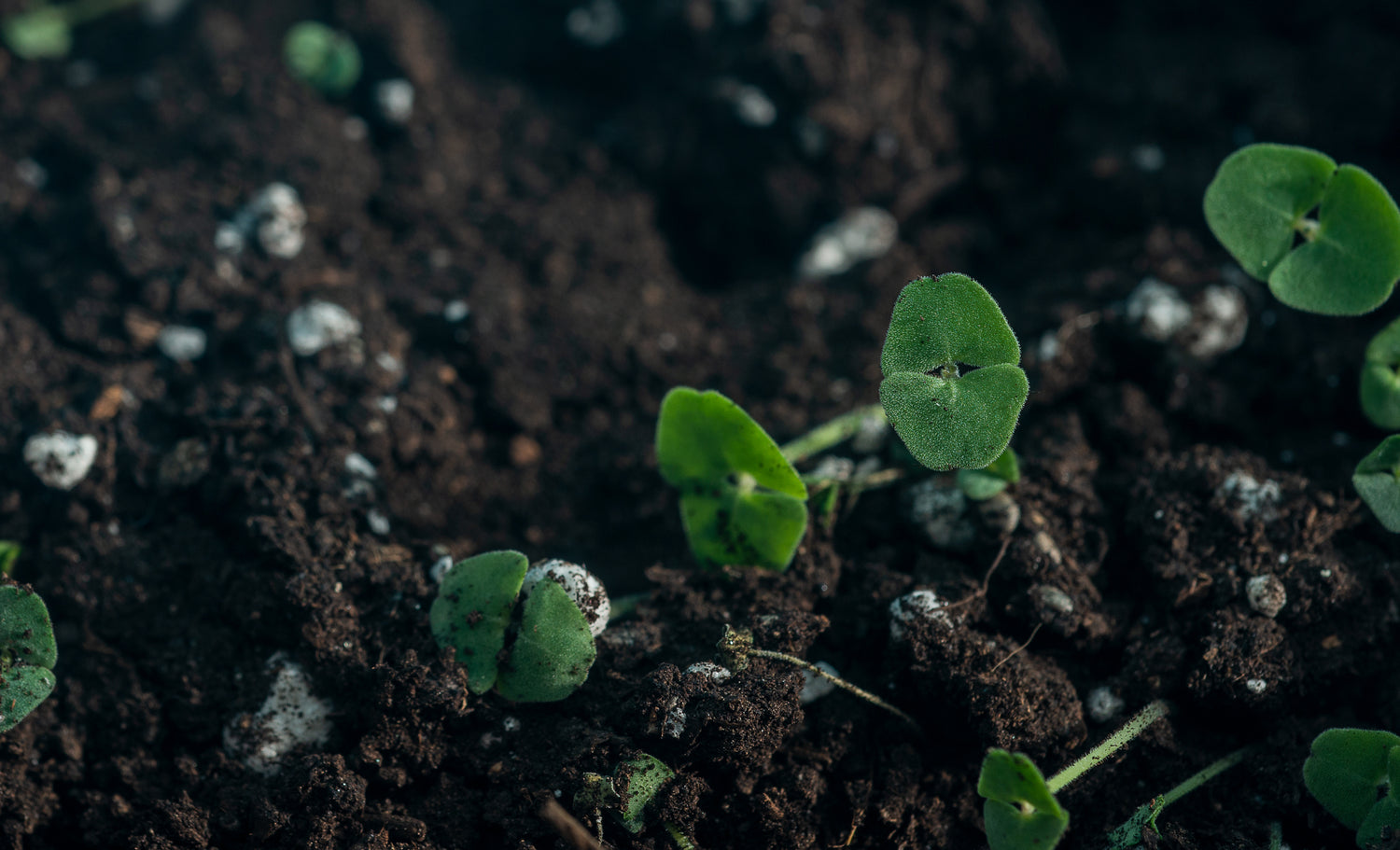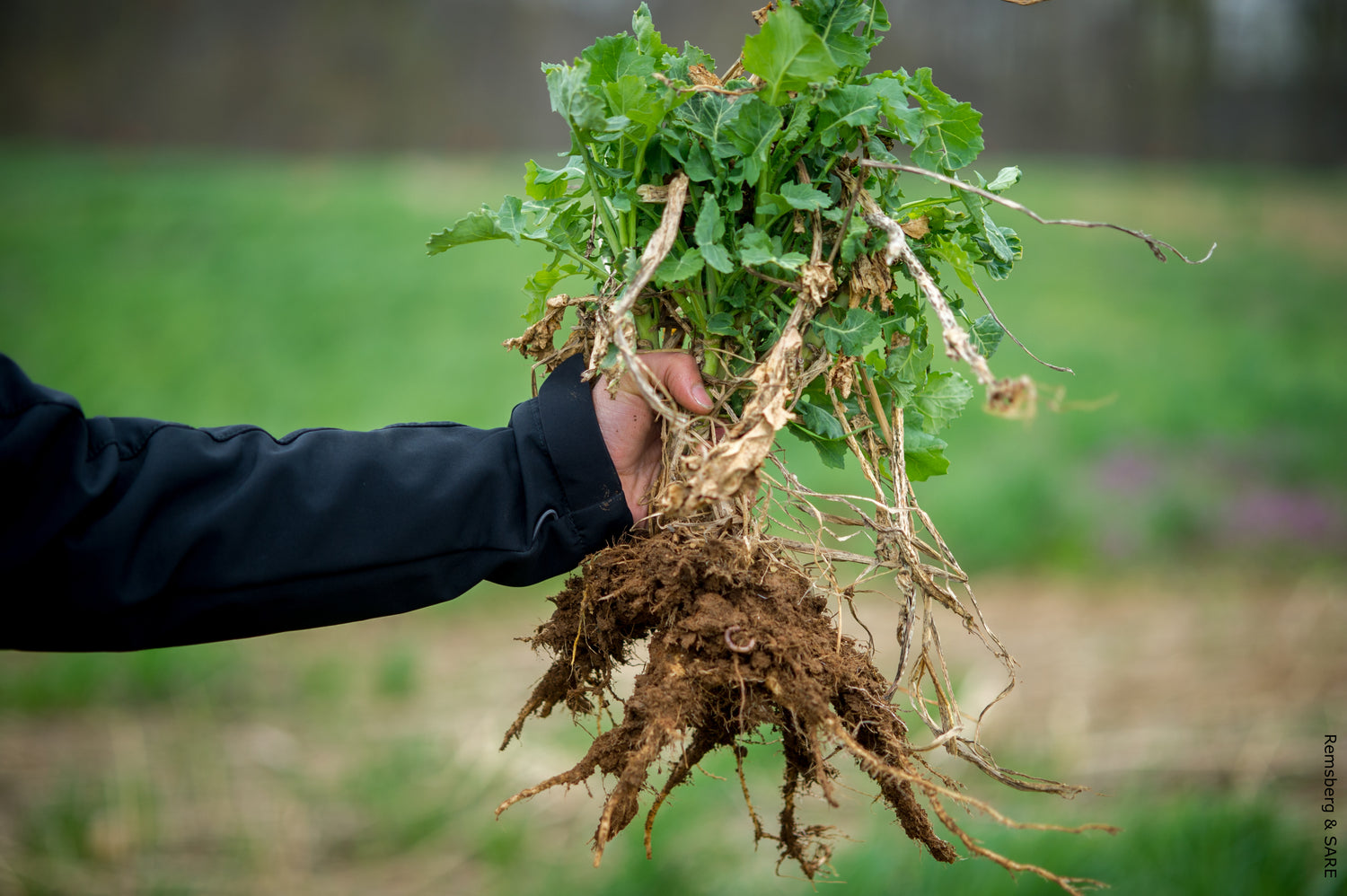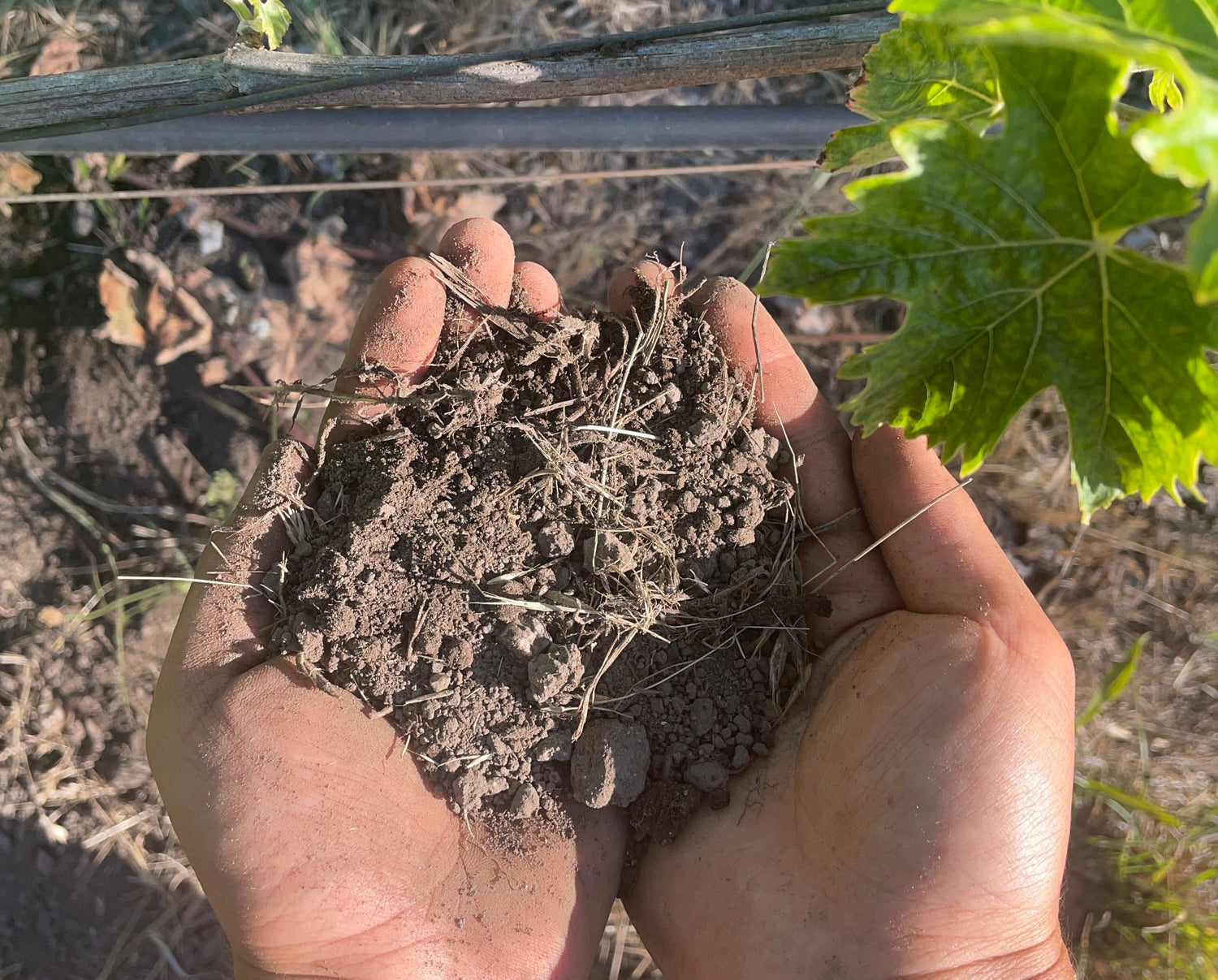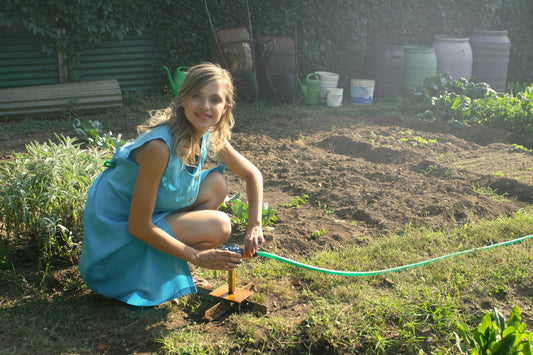Soil is the cornerstone of organic cannabis cultivation, supplying nutrients, supporting roots, and fostering microbial life. Soil testing provides critical data to tailor conditions for robust plant growth and high-quality yields. This 2025 guide, grounded in 2024 research, explores the role of soil health, key testing parameters, methods, and organic management practices to enhance cannabis production sustainably.
Why Soil Health Matters
Healthy soil sustains biological activity, nutrient cycling, and plant vigor. For organic cannabis, it ensures optimal growth without synthetic inputs. A 2024 *Soil Biology and Biochemistry* study found that soils rich in microbial diversity increase cannabis terpene profiles by 15%, enhancing quality (Soil Biology and Biochemistry, 2024). Key attributes of healthy soil include balanced nutrients, good structure, adequate drainage, and minimal contaminants.
Benefits of Soil Testing
Soil testing delivers actionable insights for organic cannabis growers:
- Nutrient Balance: Identifies deficiencies or excesses of macronutrients (N, P, K) and micronutrients, guiding organic fertilization.
- pH Optimization: Ensures pH of 6.0–7.0, ideal for cannabis nutrient uptake, per a 2024 *Journal of Plant Nutrition* study (Journal of Plant Nutrition, 2024).
- Soil Structure: Assesses texture and drainage to improve root development and water retention.
- Organic Matter: Measures content to enhance fertility and microbial activity.
Key Soil Testing Parameters
| Parameter | Optimal Range | Importance |
|---|---|---|
| pH | 6.0–7.0 | Affects nutrient availability and microbial activity |
| Macronutrients (N, P, K) | N: 20–50 ppm, P: 15–30 ppm, K: 100–200 ppm | Supports growth, flowering, and yield |
| Micronutrients (Fe, Mn, Zn, etc.) | Varies (e.g., Fe: 0.5–5 ppm) | Prevents deficiencies impacting plant health |
| Organic Matter | 3–5% | Enhances fertility, water retention |
| Cation Exchange Capacity (CEC) | 10–20 meq/100g | Improves nutrient retention |
| Texture | Loamy (balanced sand, silt, clay) | Influences drainage, aeration, root growth |
Soil Testing Methods
Growers can choose between two primary testing approaches:
- Laboratory Analysis: Accredited labs provide detailed reports on pH, nutrients, organic matter, and CEC. Samples are mailed for comprehensive results, ideal for precise management.
- Home pH Pens: Portable devices like the Bluelab Soil pH Pen (±0.1 accuracy) offer quick pH readings. While limited to pH and sometimes moisture or temperature, they suit on-site monitoring.
A 2024 *Cannabis Science and Technology* study noted that lab testing improves nutrient precision by 25% compared to home methods (Cannabis Science and Technology, 2024).
Best Practices for Soil Testing
- Sample Collection: Take 6–8-inch deep samples from multiple spots, mixing into a composite sample. Use clean tools to avoid contamination.
- Timing: Test before planting or early in the growth cycle to allow time for amendments.
- Interpretation: Consult agronomists or extension services to understand results and plan organic interventions.
- Record Keeping: Track test results and amendments to refine practices over time.
Organic Soil Amendments
Organic amendments enhance soil health sustainably:
- Compost: Boosts organic matter and nutrients, improving structure and microbial activity.
- Cover Crops: Clover or vetch fix nitrogen and reduce erosion, per a 2024 *Agronomy for Sustainable Development* study (Agronomy for Sustainable Development, 2024).
- Organic Fertilizers: Bone meal (P), kelp meal (K), or fish emulsion (N) deliver targeted nutrients.
Supplies for Soil Management
Organic amendments and pH pens are available at:
- Green Acres Nursery & Supply (8501 Jackson Rd, Sacramento, CA 95826): Compost, organic fertilizers. Rated 4.7 stars on Google Maps.
- Armstrong Garden Centers (1364 Morena Blvd, San Diego, CA 92110): Mulch, soil products. Rated 4.6 stars.
- Terra Sol Garden Center (5320 Overpass Rd, Santa Barbara, CA 93111): Biochar, cover crop seeds. Rated 4.7 stars.
Testing services:
Conclusion
Soil testing is a vital practice for organic cannabis growers, enabling precise management of pH, nutrients, and soil structure. By leveraging lab analysis or pH pens and applying organic amendments like compost and biochar, growers can optimize conditions for high-quality yields while promoting sustainability. Insights from 2024 studies in *Soil Biology and Biochemistry*, *Journal of Plant Nutrition*, *Cannabis Science and Technology*, and *Agronomy for Sustainable Development* underscore the value of soil health. Invest in soil testing in 2025 to cultivate thriving, eco-friendly cannabis crops.












